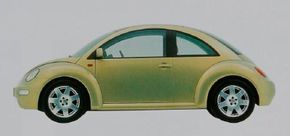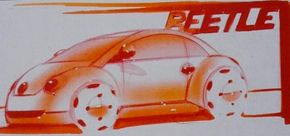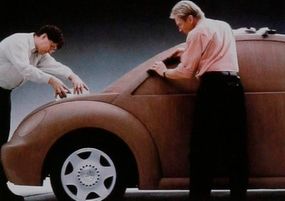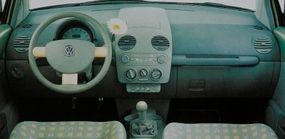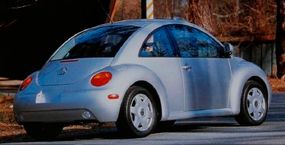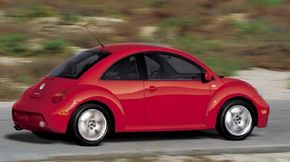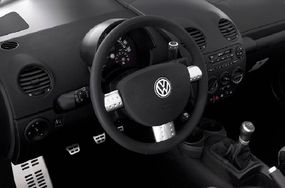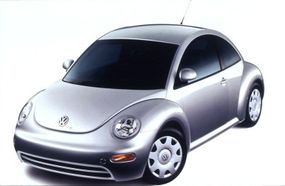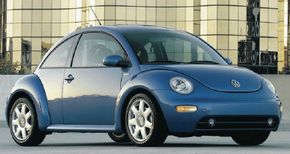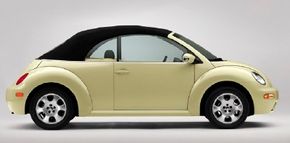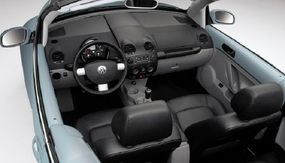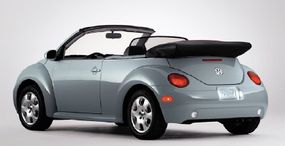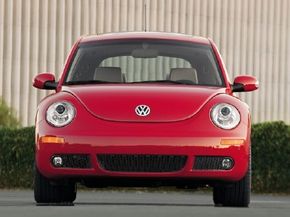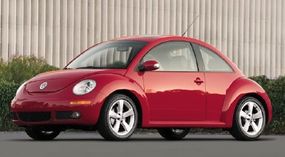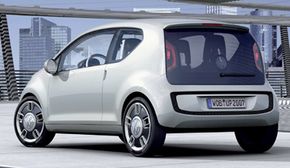The 1998-2008 Volkswagen Beetle was a New Beetle -- in both design and name -- for a new generation.
For a car that was an instant sensation, the 1998 Volkswagen Beetle -- officially named by VW the New Beetle -- had a bumpy journey from concept to production. Volkswagen in fact initially resisted the idea of a resurrected Bug, then nearly scuttled the project early in its gestation.
Advertisement
But when company decision makers finally saw the appeal instantly recognized by outsiders, Volkswagen committed to building a better Beetle than anyone could have hoped for.
Volkswagen Beetle Image Gallery
The New Beetle was unveiled as the Concept 1 during the 1994 North American International Auto Show in Detroit. Clearly recognizable as a retro Beetle, the design study was an instant sensation and the public begged Volkswagen to build it. This passionate reaction completely surprised Volkswagen, for the company had treated Concept 1 as a whimsical indulgence.
The New Beetle would share more than 80 percent of its underlying components with the Golf, but in areas where it could be made better, it was. Finally, on January 5, 1998 -- again at the Detroit auto show -- Volkswagen unveiled the production New Beetle. It was the automotive event of the year.
Hundreds of reporters swarmed the exhibit, which featured two-door hatchback New Beetles in every production color: white, red, black, yellow, plus metallic silver, bright blue, dark blue, and green. Newspapers published front-page pictures. German TV broadcast the ceremony live.
As the first Volkswagen New Beetles hit the streets, greeted by smiles and thumbs-up from nearly every onlooker, it was clear the car's emotional appeal and fun-to-drive nature was strong enough to overcome its skimpy rear seat and visibility blind spots.
Even loaded with just about every option, it listed for under $20,000. The only problem was finding a dealer willing to sell one at anything near list price.
By design, however, supply would never approach that of the original Beetle, or even of Volkswagen's concurrent Golf and Jetta. The Mexico plant was to turn out just 100,000 New Beetles annually, only 50,000 of them for North American sale.
To sustain interest in the car, Volkswagen talked of a 150-horsepower turbocharged gas four-cylinder option, then a model with a big fold-back sunroof, followed by a genuine convertible and perhaps even a Sport Beetle with a lowered suspension, all-wheel drive, and nearly 200 horsepower courtesy of Volkswagen's narrow-angle VR6 six-cylinder engine.
Some of these plans would come to fruition, some did not. But the Volkswagen New Beetle would echo the true Beetle ethic by changing very little on the outside, while enjoying refinements and enhancements beneath the skin.
Advertisement
